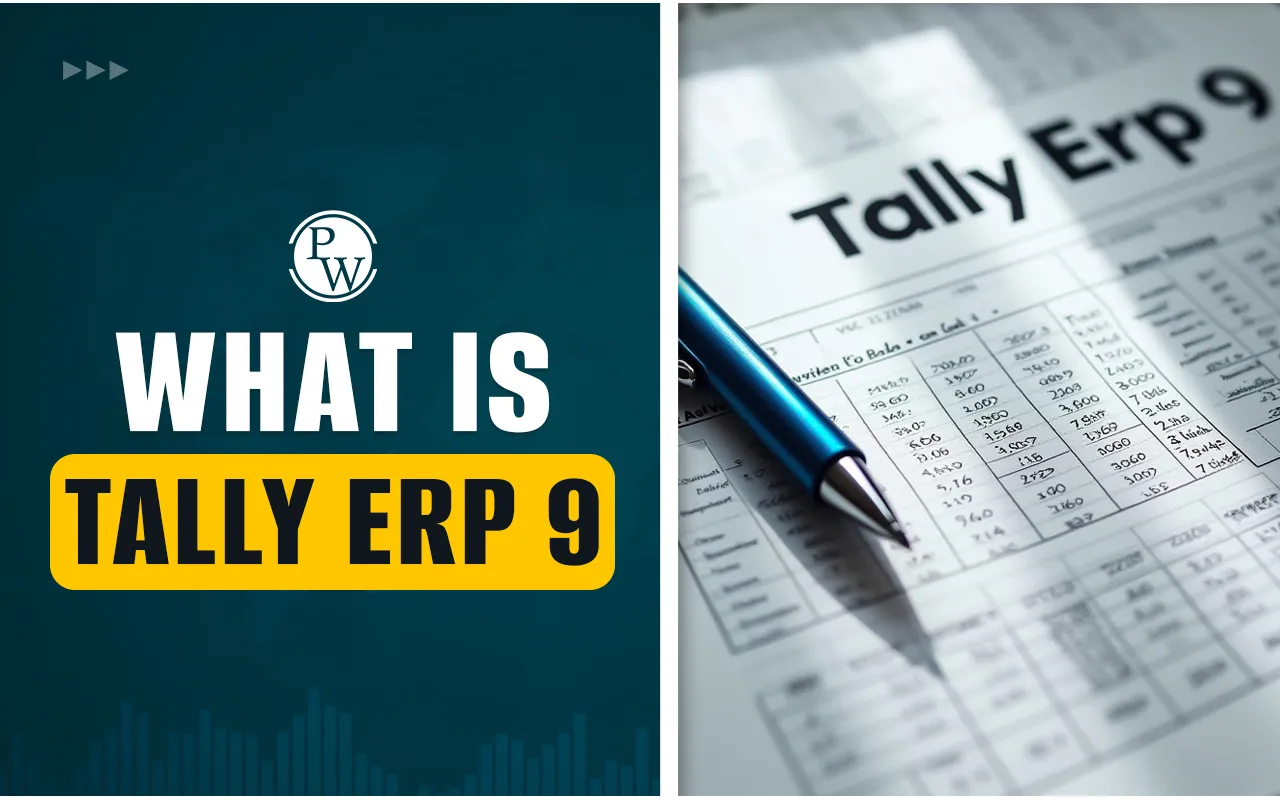
Financial modeling is one of the most essential tools in modern finance, acting as a blueprint for businesses and investors to make data-driven decisions. By translating a company’s past performance into actionable insights, financial modeling helps predict future growth, assess business strategies, and manage risk.
This structured approach to analyzing and forecasting financial data plays a central role in shaping the financial health of an organization.
What Is Financial Modeling?
To answer the question, "What is financial modeling?" it is the process of creating a structured spreadsheet that summarizes a company’s earnings, expenses, assets, and liabilities. This spreadsheet enables financial analysts to simulate the effect of future business decisions and events on a company's performance.
These models become powerful decision-making tools, particularly when strategic investments, mergers, or expansion plans are under consideration.
Techniques of Financial Modeling
Financial modeling techniques vary depending on the intended application. Some of the most commonly used models include:
Discounted Cash Flow (DCF) Analysis
This model forecasts the future cash flows of a company and discounts them back to present value using an appropriate discount rate. It’s widely used in valuing companies and assessing investment opportunities.
Three-Statement Model
This model links the income statement, balance sheet, and cash flow statement into one dynamic, integrated financial model. It provides a comprehensive view of a company’s financial health.
Sensitivity Analysis
Sensitivity analysis in financial modeling helps assess how changes in assumptions affect outcomes. For instance, adjusting the growth rate or cost of capital allows financial analysts to evaluate best-case and worst-case scenarios.
Scenario Analysis
Unlike sensitivity analysis, scenario analysis examines a range of different future states based on defined situations, such as economic downturns or market booms. This is helpful in preparing for uncertain outcomes.
Leveraged Buyout (LBO) Model
Commonly used in private equity, this model assesses how a business acquisition using borrowed funds can impact future returns.
Mergers and Acquisitions (M&A) Model
This model evaluates the financial impact of merging two businesses, estimating potential synergies, cost savings, and revenue boosts.
Budgeting and Forecasting Models
Used for internal planning, these models assist companies in setting financial goals and tracking progress against budgets.
Each technique has its specific use case, but all fall under the broad category of financial modeling, which helps bring financial data to life in a meaningful way.
Read More - How to Become Financial Specialist?
Real-World Applications of Financial Modeling
Financial modeling serves various stakeholders in the corporate ecosystem. Here are some of its most significant applications:
Valuation of Businesses: One of the most direct uses of financial modeling is estimating the value of a company. Financial analysts employ models like DCF to understand how much a company is worth.
Strategic Planning and Decision-Making: Whether launching a new product or entering a new market, companies use financial modeling to forecast outcomes and manage risks.
Mergers and Acquisitions: Financial models help assess the financial feasibility of mergers, including analyzing cost benefits, potential synergies, and profitability.
Raising Capital: When seeking investment, startups and established businesses use financial modeling to present future projections to potential investors or financial institutions.
Internal Financial Management: Businesses use financial models for budgeting, scenario testing, and aligning operational goals with financial targets.
Credit Analysis: Financial institutions rely on these models to evaluate creditworthiness before extending loans or lines of credit.
Read More - Top Financial Analyst Interview Questions 2025
Elements of a Financial Model
An effective financial model typically includes several crucial components:
Assumptions and Drivers: These inputs control how the rest of the model behaves. For example, growth rates, tax rates, or cost assumptions.
Income Statement, Balance Sheet, and Cash Flow Statement: The core financial documents must be interlinked accurately to ensure data consistency.
Supporting Schedules: Additional sheets that break down items like fixed assets, debt schedules, and working capital.
Valuation Metrics: These include Net Present Value (NPV), Internal Rate of Return (IRR), and Earnings Before Interest and Taxes (EBIT).
Visual Aids: Charts, graphs, and dashboards make complex data easier to interpret and present.
Role of Financial Analysts
Financial analysts are the architects behind financial modeling. These professionals use a mix of accounting principles, market research, and economic trends to create robust models. Their primary goal is to provide insights that support critical financial decisions. From investment banks to corporations and consulting firms, financial analysts rely on financial modeling to interpret data and guide strategy.
For anyone asking, “What is financial modeling?” the answer becomes evident in the way financial analysts use this tool daily to compare industry players, gauge investment risks, or advise on strategic initiatives.
Validating Financial Models
Validation is a crucial step in financial modeling. A model’s accuracy depends on the quality of assumptions and formulas used. Therefore, many companies send their models for third-party validation. This process ensures that the model is free from errors and that its projections are based on reasonable inputs. Errors in modeling can lead to significant miscalculations, making validation a necessary safeguard.
Businesses That Use Financial Modeling
A wide range of sectors depends on financial modeling. These include:
Banking and Financial Services: For trading, lending, and investment decisions.
Public Accounting: For valuations and audits.
Private Equity and Venture Capital: For assessing startup valuations and funding feasibility.
Corporate Finance Departments: For planning and forecasting.
The utility of financial modeling extends across industries, proving its indispensable role in financial strategy and management.
Financial modeling has become an integral part of business operations and investment analysis. It transforms financial data into predictive tools that guide decisions and forecast outcomes. Whether you're a budding entrepreneur or a seasoned investor, understanding financial modeling opens up avenues for informed financial planning and strategic growth.
By mastering various techniques and recognizing their applications, you can harness the full potential of financial modeling. As financial analysts continue to adapt and innovate, the role of financial modeling will only grow more significant in shaping the future of business.
Advance Your Career with the Financial Modeling Course
If you’re serious about building a career in finance and wish to understand and predict financial downturns with precision, we strongly recommend enrolling in the Financial Modeling Course with Deloitte Learning Academy.
Whether you're a student or a working professional, the Financial Modeling Course with Deloitte Learning Academy is an invaluable resource to strengthen your expertise and confidence in volatile financial environments.
Financial Modeling FAQs
What is the purpose of financial modeling in business?
Which industries use financial modeling?
What are the essential components of a financial model?
How is scenario analysis different from sensitivity analysis?










